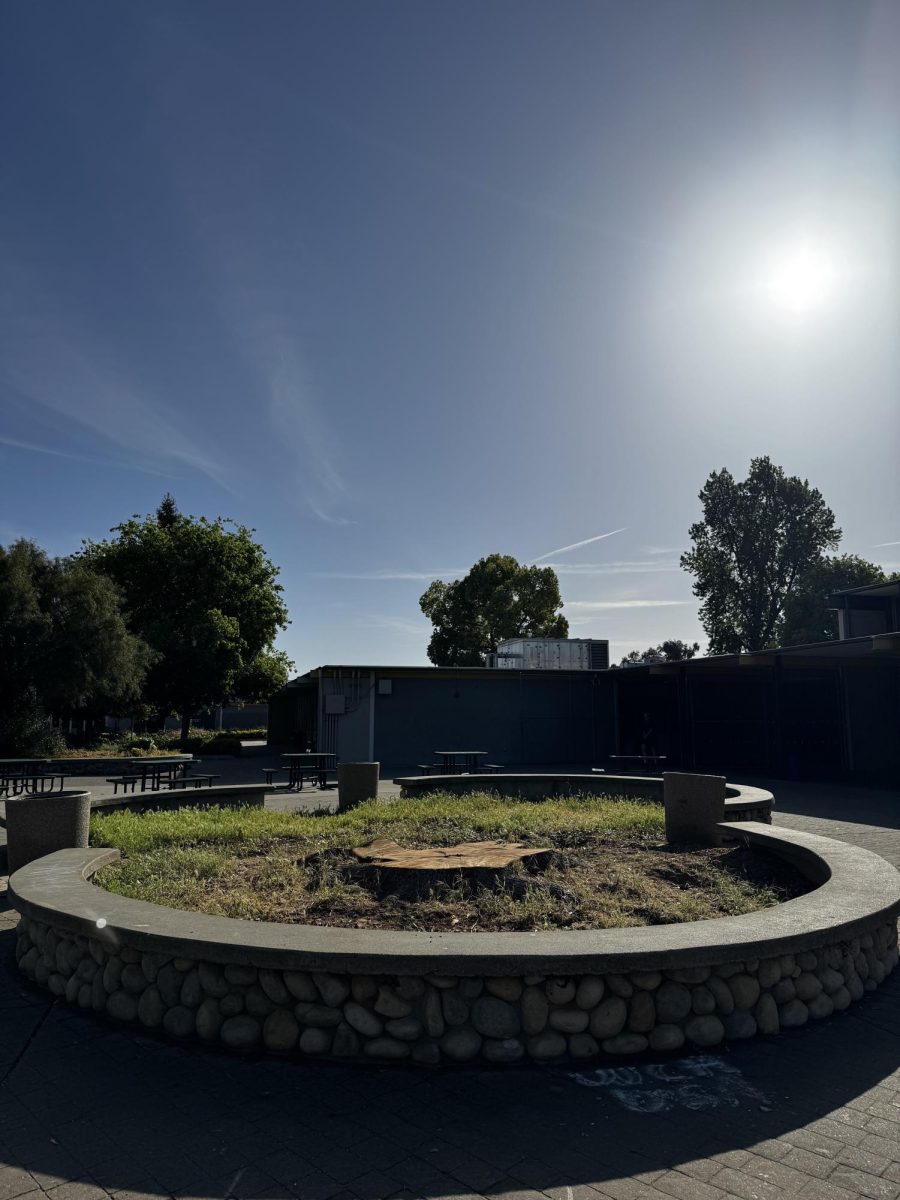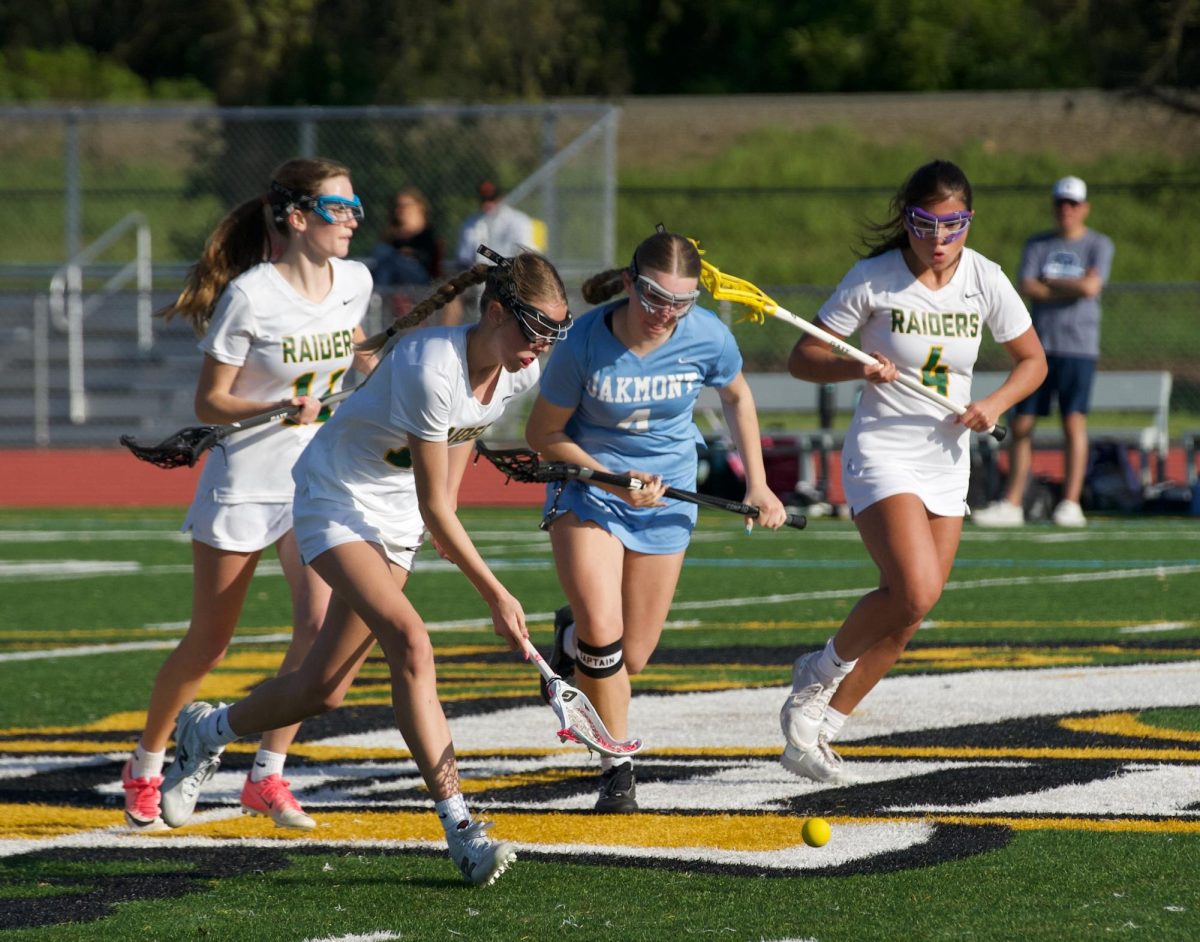If you had the choice between an in-person high school class or an online class that could earn you both high school and college credits, which would you choose?
Increasingly, Rio seniors are choosing to take at least one of five dual enrollment courses taught by American River College professors in place of normal high school classes.
Counselor Dorie Baker has seen enrollment for these classes grow exponentially throughout the past few years and praises Rio students for their progress.
“Dual enrollment is a great opportunity for students to try a college-level class in high school and earn college credit and high school credits at the same time with no cost to them,” said Baker. “It’s really an amazing opportunity to start their college record, so we’ve seen a lot of students who are very, very interested in taking those classes and they’ve done very well in them. We’ve seen it grow a lot over the last couple years.”
Indeed, students are so successful in these classes that last semester, 123 of the 157 students who finished a dual enrollment course earned an A, with only one student earning a D.
Some teachers have complained that the high number of A’s is further proof that the classes are easier than regular college prep classes, which is one reason for their growing popularity.
One effect is that Advanced Placement enrollment is dropping.
Next year Rio will likely offer one AP English Literature class, down from the typical three. Instead, 138 rising seniors have signed up for English 300 or 302.
Other benefits for students are that they can complete a yearlong high school class in just one semester and earn credits toward high school and college. Because they do not have to pass a challenging $100 AP test to get credit, this can be a cost-effective way to get a portion of their freshmen classes done.
Despite the benefits though, scheduling continues to create conflicts in the program. Of the 215 students who requested a place in a dual enrollment course this year, 157 finished a class for a grade, meaning 58 students were unable to find a place in their schedule for a class.
Principal Cliff Kelly sees this as the main flaw of the dual enrollment program.
“The drawback is… if there [are] only 20 kids who want to take dual enrollment Stats, it’s hard to have one full class to have full dual enrollment, he said. “It’s difficult to ensure they have the proper support with the teacher.”
Although classes are taught remotely by a college professor, the school tries to assign teachers in the same subject area to monitor the classroom in case students need additional help.
Kelly praises students for rising to high expectations in the classes.
“I think that we have very good kids that have tech skills and that feel comfortable in a different learning platform,” said Kelly. “Our students that are senior level especially are mature enough to handle a different platform.”
Kelly uses the dual enrollment Probability and Statistics as an example, as the class is primarily focused on assessing students’ knowledge through tests rather than homework.
“In our regular Stats class (taught at Rio), there’s going to be things that are going to factor outside of assessments, you have classwork, you have homework, you have various aspects of how the grade is compiled,” he said. “But with dual enrollment, it’s really just assessment-based. So there’s less for students to concentrate on.”
A professor’s perspective
The Statistics class is taught by Professor Benjamin Etgen, who continues to be impressed with Rio students and their success in his class, as well as their preparation for a college course.
“From having Rio students in the dual enrollment program, it is clear that they have the mathematical foundations,” Etgen said. “The largest objective for students is to start college with classes towards a college degree. There may also be a willingness to change themselves as well at Rio.”
Etgen makes flexibility the focus of his teaching model, as high school students are often busy outside the school day and need help finding time for online classes.
“A variety of options is always important,” he said. “From talking with those students who take the online dual enrollment class, the flexibility really matters to them. When I first started teaching dual enrollment classes, I expected to be really busy on school days from morning to 2:00 pm. I quickly learned that students work at night, on weekends, and even over spring break.”
Etgen said the expectations he holds for his high schoolers are the same as college students, which means that to progress, students must move through several assignments showing mastery.
“At the start of any college course, my advice to students is to learn how the professor designed the course and why,” he said. “As a college student, this may mean asking the professor, or forming a study session with other students, getting other resources, or attending tutoring.”
Dual enrollment classes provide students with a sort of trial run, showing them what college classes are like.
“I want the course to model how to be successful in college,” he said. “The mastery model sets the expectations to first study and then do the homework completely before taking the exam. The workbook models the extent to which college requires excellent note-taking. The separation of conceptual projects and mechanical exam is my way to show how different it feels to study and be successful in both settings.”
A student’s view
Senior Avery Elder has taken a few dual enrollment classes with ARC, including Etgen’s statistics class.
“Statistics has been my favorite class because it was challenging yet rewarding,” Elder said. “Professor Ben was also very accommodating and understood our busy schedules.”
Elder also took psychology, French and sociology, and so far, she’s enjoyed them. She excelled within this new learning platform and has appreciated the opportunity to get some of her freshman year of college done.
“You get 10 credits for one semester, and you also get college credits,” she said.
Elder also had the chance to take ceramics for the first time this year since she has periods open due to her dual enrollment classes freeing up space in her schedule.
“It’s opened up opportunities for me to take more elective classes in my last year of high school by getting my academic classes out of the way,” said Elder.







































June • May 29, 2024 at 9:23 PM
I applied to the in-class dual enrollment and I am very excited for it because I think it will be a fun learning experience plus it’s only one semester long. The enrollment process was a bit confusing for me and I still have a couple of questions so I’m curious to see what it will be like next year.